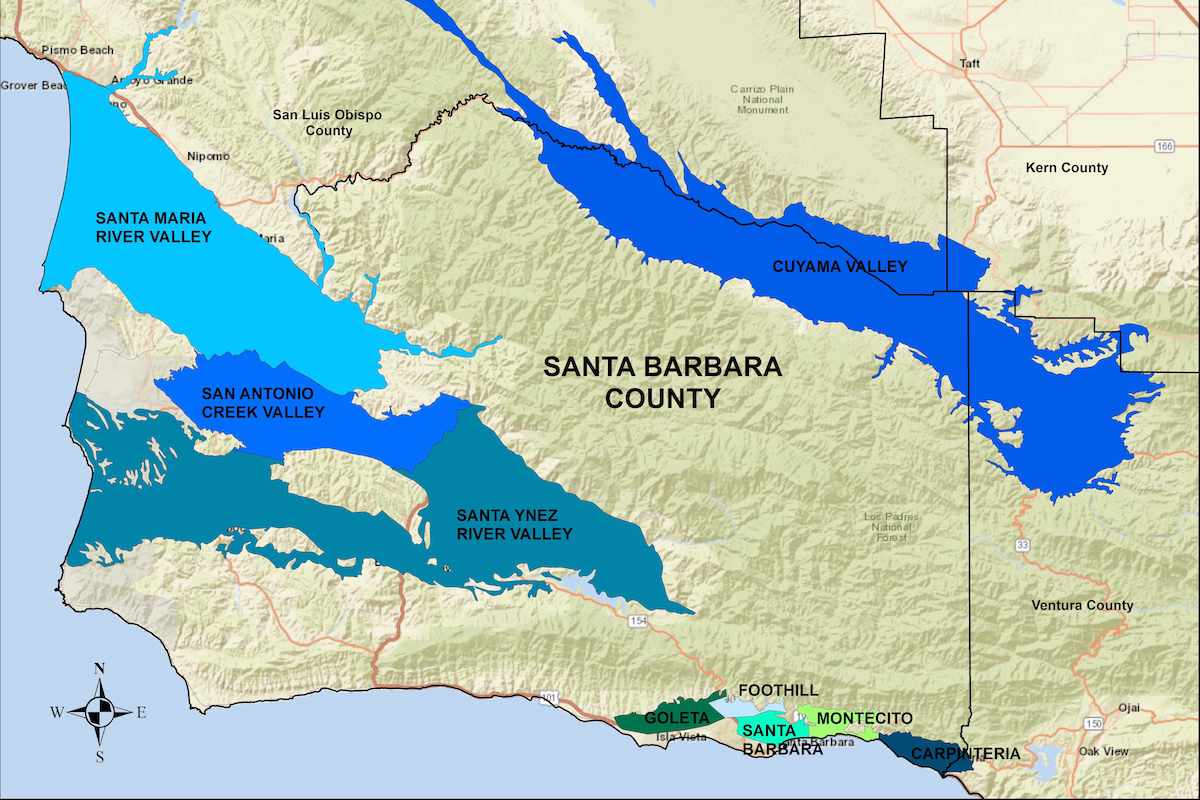Santa Barbara County supervisors marked the transition of a new water year — effective October 1 — by delving into a discussion of the county’s many groundwater basins, from which, it turns out, 80 percent of all water used in the county is extracted.
Although Santa Barbara received twice as much rainfall in 2023 as it typically gets, supervisors were told on Tuesday it would take multiple wet or average years for those basins — hit by years of intense drought — to replenish. Shallower basins, the supervisors were told, are recovering faster but groundwater storage in some deep wells continues to decline with some still near historically low levels.
In places like Cuyama, where the groundwater basins have been all but strip-mined, the fight over water rights has prompted residents there to launch a boycott against carrots, the cultivation of which has been a major bone of contention.
Although county residents use 25 percent less water now than they did 10 years ago, supervisors Joan Hartmann and Bob Nelson urged county water planners to get more urgently creative when it comes to diverting storm-water runoff before it rushes out to sea. Likewise, Hartmann pressed for more information about projects in which highly treated wastewater is “indirectly” injected into groundwater basins.
As meteorological conditions shift in response to climate change, the supervisors were told, Santa Barbara’s highly variable weather patterns promise to get even more variable, with dryer dries and wetter wets. But big picture, the supervisors were told, Santa Barbara — like the Western United States — can expect a 10 percent reduction in overall precipitation. Nine of the last 12 years were dryer than average.
As reservoirs like Lake Cachuma experience significant reductions in their storage capacity and annual safe yield, groundwater basin management will become more critical. And the county’s foundational planning documents where groundwaters are concerned are now 30 years old.




